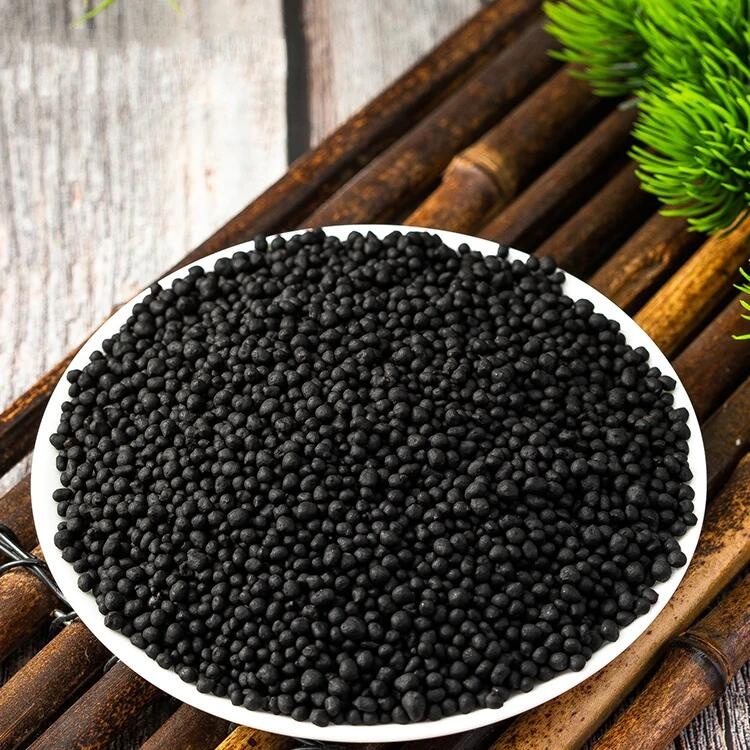Humic acid and potassium humate are not the same substance. Humic acid is a natural organic polymer compound, and potassium humate is its potassium salt form. The two differ in chemical structure, physical properties and specific applications.
When discussing chemical substances in the fields of agriculture and environmental protection, the two terms humic acid and potassium humate often appear in our field of vision. Many friends may wonder whether humic acid is potassium humate? Today, let’s analyze the relationship and difference between the two in detail.
1. Basic cognition of humic acid
Humic acid, as an organic polymer compound widely present in nature, mainly comes from the decomposition products of animal and plant remains under the action of microorganisms. It contains rich active functional groups such as carboxyl and phenolic hydroxyl groups, so it has strong adsorption, complexation, exchange and chelation capabilities. These characteristics make humic acid play an important role in soil improvement, fertilizer efficiency, plant growth regulation and other aspects.
2. The uniqueness of potassium humate
In contrast, potassium humate is a salt compound formed by the combination of humic acid and potassium. This process is usually obtained by chemically reacting humic acid with a potassium source (such as potassium hydroxide). Since potassium is one of the essential macronutrients for plant growth, potassium humate not only inherits the excellent properties of humic acid, but also has the additional function of supplementing plant potassium. This makes potassium humate perform well in promoting crop growth, improving crop stress resistance, and improving the quality of agricultural products.
3. Similarities and differences between the two
1. Chemical structure: Humic acid is a complex organic mixture with a variety of functional groups in its molecular structure; potassium humate introduces potassium ions on this basis to form salts with a specific chemical structure.
2. Physical properties: Due to the addition of potassium ions, the solubility, conductivity and other physical properties of potassium humate will change compared to pure humic acid. For example, potassium humate is usually more soluble in water, which is conducive to its rapid dispersion and absorption and utilization by plants in agricultural applications.
3. Application areas: Although both are widely used in the agricultural field, the specific focus is different. Humic acid is more used for soil improvement and fertilizer efficiency enhancement; while potassium humate is more prominent in promoting crop growth and increasing yields because it provides both humic acid and potassium. In addition, potassium humate is gradually being used in environmental protection fields, such as heavy metal ion adsorption and water purification.
In summary, humic acid and potassium humate are related but not the same substance. They each have unique chemical structures and physical properties and play an important role in different fields. When choosing to use, a reasonable choice should be made according to specific needs and conditions.



